How a British team of mountaineers conquered Everest, the 'goddess of the sky'
Seventy years ago, on the eve of the Queen’s coronation, Sir Edmund Hillary and Tenzing Norgay reached the summit of Everest. Octavia Pollock considers the legacy of their achievement and what it meant for British mountaineering.
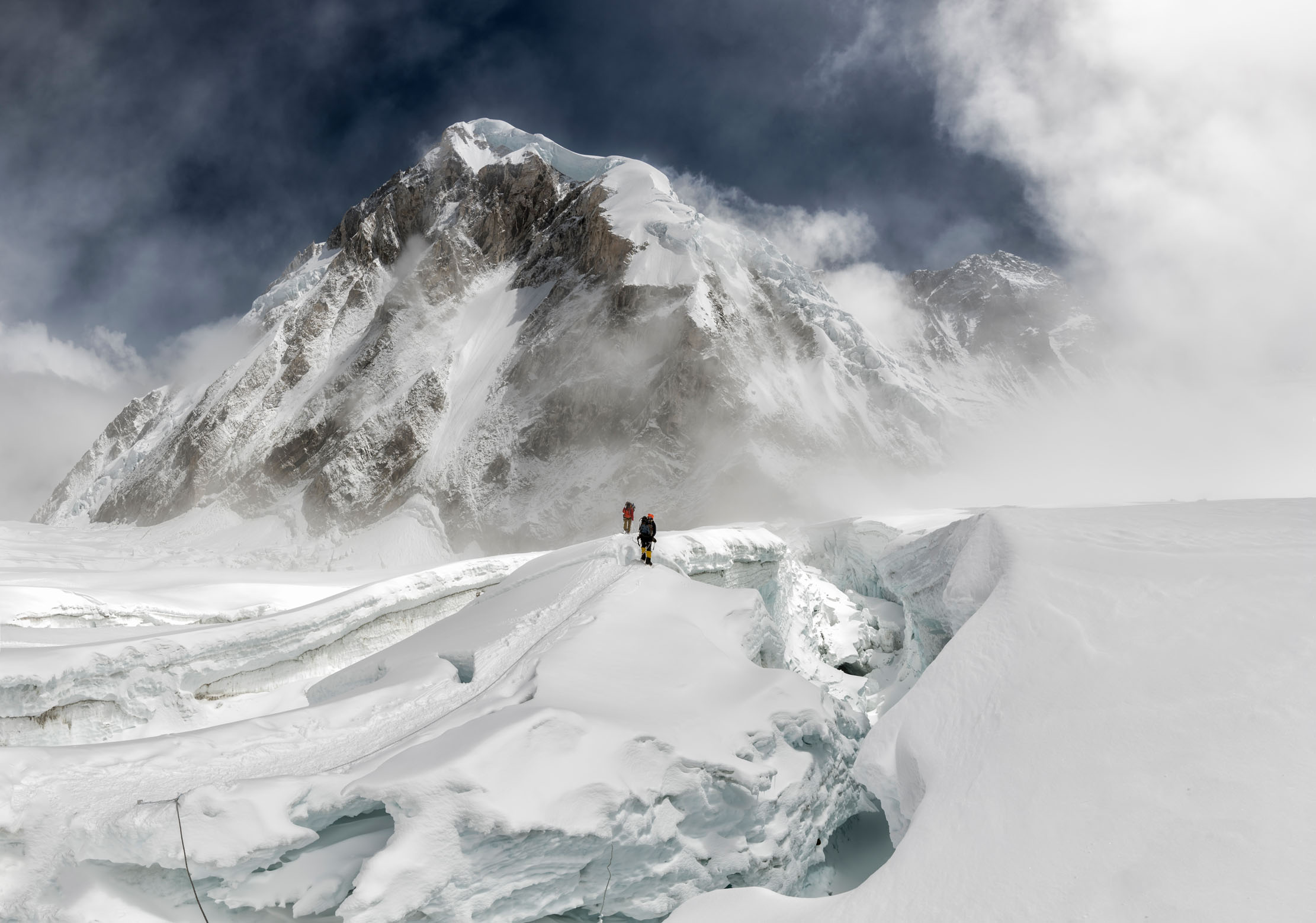

In spring 1953, as the young Princess Elizabeth was preparing to receive the Crown of England, a British-backed team of mountaineers was reaching the crown of the world. The announcement that New Zealander Edmund Hillary and Sherpa Tenzing Norgay had made the first successful recorded assault on Mount Everest arrived in Britain on the very morning of the coronation. The news rang out, cheering the spirits of the assembled crowds as the rain fell. Back on the mountain, the climbers tuned their radio to the events in London as they rested in their ice-bound tent.
Mountaineers had sought to reach the top of the world ever since it was identified by Indian mathematician Radhanath Sikdar in 1852, trigonometry producing a result only 27ft out: 29,0002ft (the 1955 survey placed it at 29,029ft). The peak was named Everest after the surveyor-general of India, Sir George Everest, albeit forever mispronounced — it should be Eee-ver-est. In Nepalese, it is Sagarmatha (Goddess of the Sky); in Tibetan, Chomolungma (Goddess Mother of the World).
For those who lived in the mountain’s shadow, it inspired a mixture of respect and fear. Indeed, Norgay was unusual among his people for wanting to climb it at all. An ambitious young man with an infectious smile, he felt a magnetic pull to the slopes.

Fortunately for Norgay, the leader of the expedition in 1953 was Col John Hunt, an honest, fair officer felt it only right he should be given a chance to climb high, considering the help the Sherpas had given. He wrote in his The Ascent of Everest: ‘The story... is one of teamwork. If there is a deeper and more lasting message… I believe this to be the value of comradeship… regardless of race or creed.’
The British attempts to climb Everest had begun in 1921, with George Mallory and Andrew Irvine disappearing in 1924. Mallory’s body was discovered in 1999, but gave no clue as to whether or not they had reached the summit. Several more British expeditions followed, before the Swiss entered the race, climbing to within 1,000ft of the top in 1953. The French were due to try in 1954, so it was vital for the glory of the fading Empire that Hunt made it.
Two pairs were ready to try the last push, the first being Charles Evans and Tom Bourdillon on May 26. To their credit, they made the decision to turn back when Evans’s oxygen failed. ‘The closer you get to the summit, the stronger the pull,’ explains Rebecca Stephens, the first British woman to reach the top, in 1993. ‘Summit fever can displace the rational part of your being, but they kept their heads.’
She knows of what she speaks. ‘We wouldn’t have decided to go if we’d been faced with the facts sitting around the kitchen table. There was a storm raging in the valley below. But we went. There’s an unwritten rule that if you don’t make the summit by 1pm, turn back — fortunately we were on the summit at 12.20pm. No one visible but us. It was unreal, a gift.’
Exquisite houses, the beauty of Nature, and how to get the most from your life, straight to your inbox.
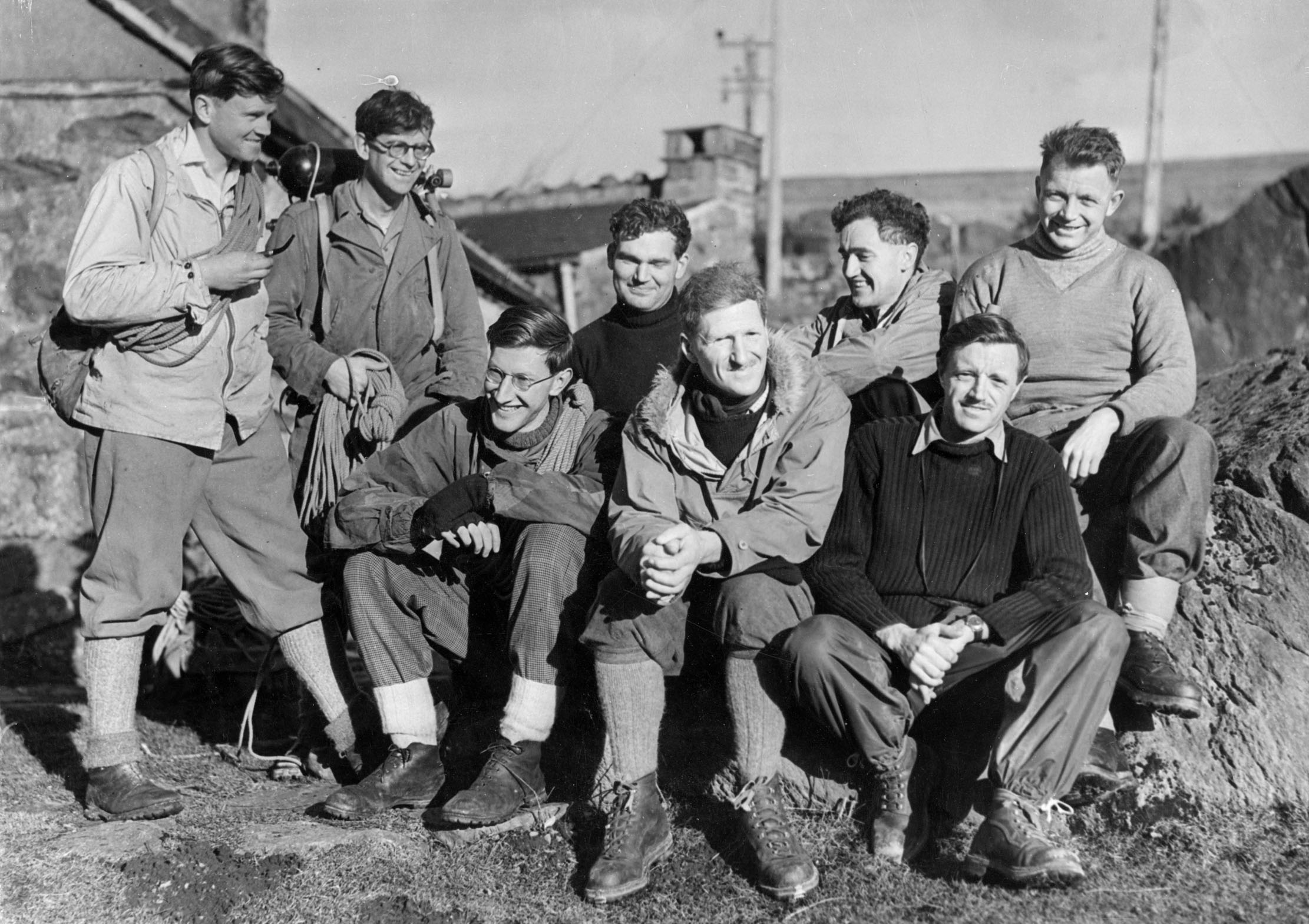
On May 29, the second pair left the 27,900ft ridge camp. Norgay had had an auspicious dream of yaks, but they were delayed by Hillary’s boots being frozen. Nonetheless, at about 11.30am, they were at the highest point on earth. Hillary, the only photographer, captured the moment with views of all sides and his friend Norgay, the flags of Britain, Nepal and India and the UN fluttering from his ice axe. Each left an offering, a crucifix and sweets.
Below, excitement was mounting. Not least among those waiting, down at Camp IV (25,938ft), was James Morris (later, after transitioning, Jan) of The Times. He came up with a code that would reveal the scoop only to his paper: ‘Snow conditions bad [Hillary], advance base abandoned [Tenzing], yesterday.’
With communication limited, Morris considered all manner of methods for transporting the message to Kathmandu, even carrier pigeons, but, in the end, shanks’s pony did the job and it was transmitted to London for June 2. Hillary was knighted and Norgay received the George Medal.

Today, more than 6,000 people have reached the summit. Images of queues and reports of litter are a far cry from the 1950s, but there are still many remote areas and unspoilt vistas, where humans are dwarfed by the majesty and daunted by the difficulty of the climb. ‘It’s a complex issue,’ points out Ms Stephens. ‘There are debates about having to qualify to climb and deforestation for facilities on the lower slopes has been a problem, but climbing and trekking offer work in what was a very poor area. It’s relatively prosperous now.’
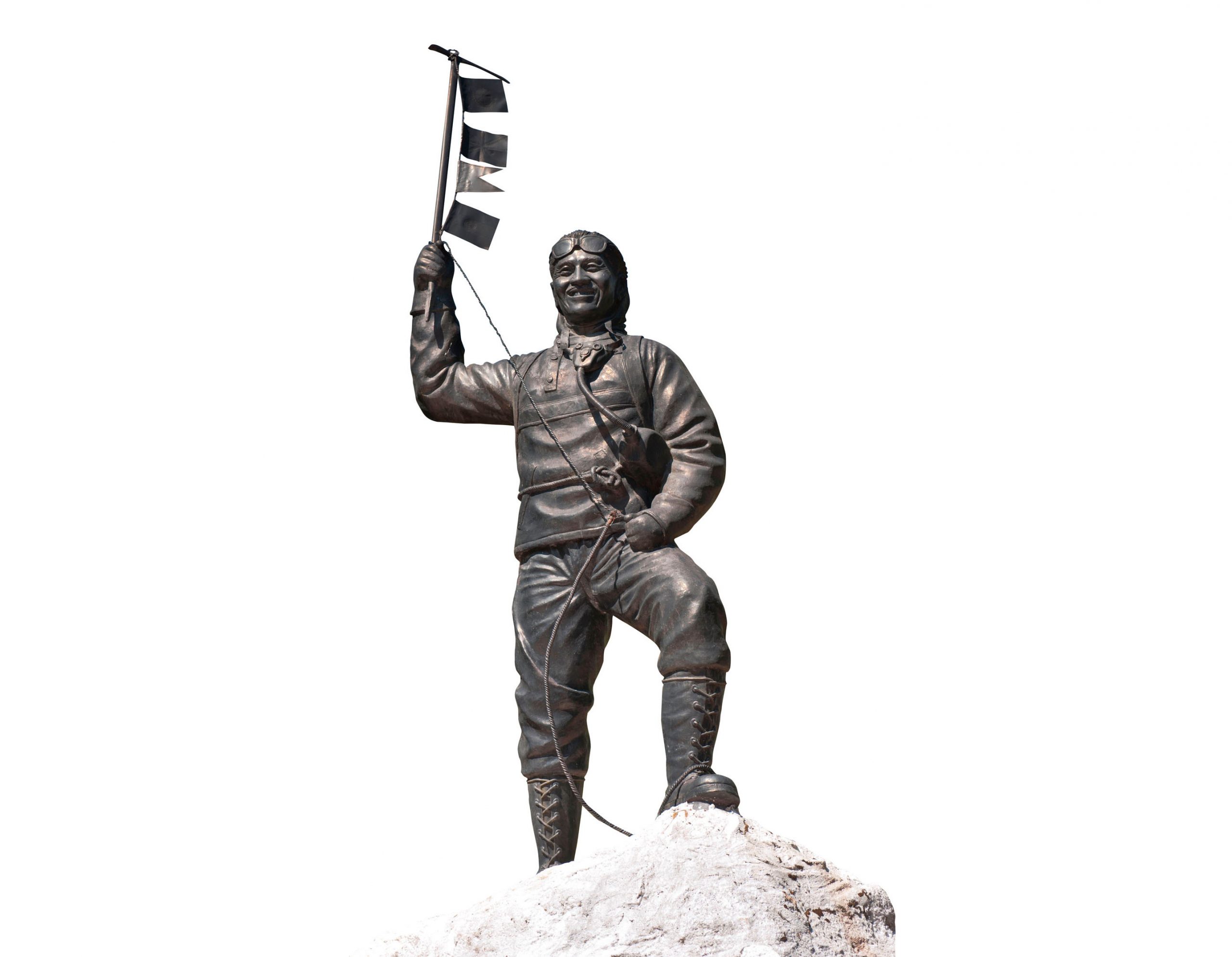
The legacy of Hillary and Norgay is not only mountaineering but charitable. After his climb, Hillary asked a Sherpa: ‘If there was anything I could do for the Sherpa people, what do you think that would be?’ The man replied: ‘Our children have eyes, but they are blind and cannot see. We would like you to open their eyes by building a school in our village.’ Hillary did so, and later founded the Himalayan Trust, of which Ms Stephens is a trustee. Norgay echoed his comrade’s passion and the Tenzing Norgay Sherpa Foundation continues to support remote Indian and Nepalese villages.
Seventy years after their successful attempt, a New Zealand beekeeper and a Buddhist Sherpa from a British team led by an English army officer retain the climbing crown. They represented the Empire in its last days and, as the new Queen was anointed, the new dawn of the Commonwealth and the Elizabethan Age.
The Brotherhood of the Rope
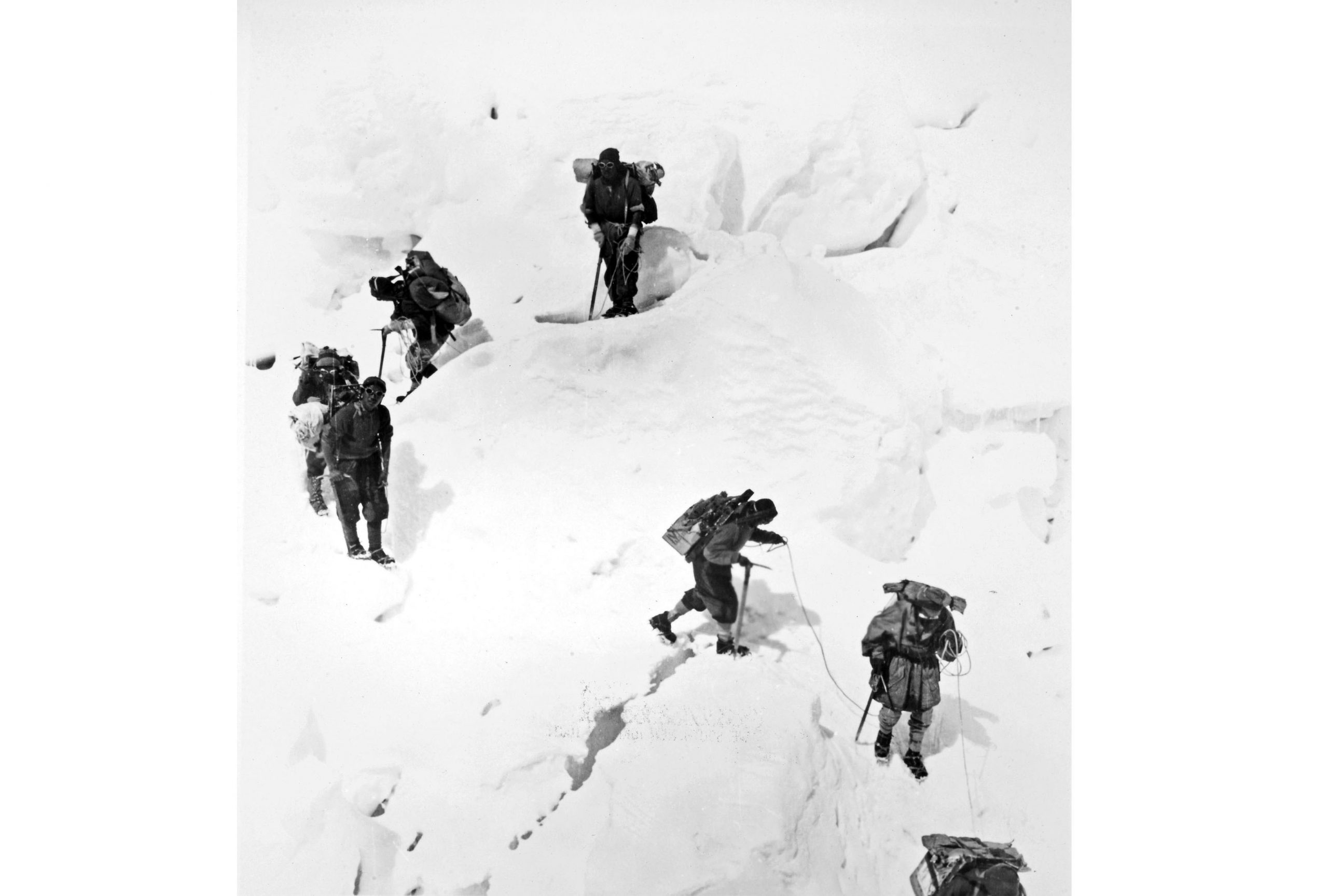
The bonds between the first men to reach the top of Mount Everest were strengthened when Hillary’s footing gave way and he tumbled into a crevasse, to be saved by Norgay, ‘the brotherhood of the rope’. Their link continues in their sons, Peter Hillary and Jamling Tenzing Norgay, who are heading the 70th-anniversary commemorations this year.
The programme begins on May 16, when Mr Norgay will lead a trek to base camp, and continues with events in Nepal and India, before the Collaboration in Exploration evening at the Royal Geographical Society, London SW7, on June 13.
For more details of the events and the charities involved, visit www.everest70.com; you can buy event tickets via Eventbrite.

Credit: Jake Eastham
Rothay Manor — The Lake District as it should be: fresh air, breathtaking views, hearty food and a good night’s sleep
Octavia Pollock checks into Rothay Manor in Ambleside, Cumbria.
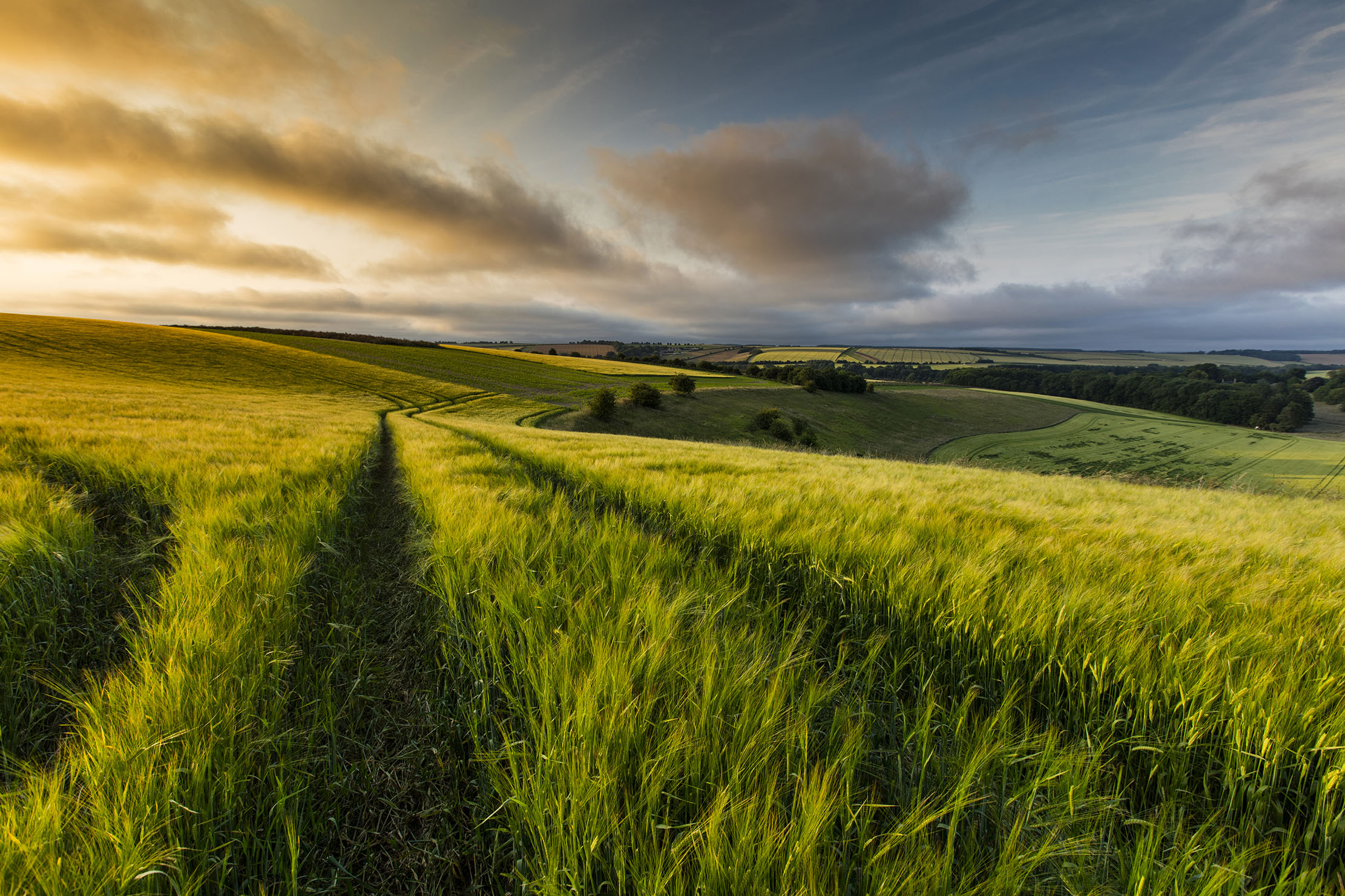
The Lincolnshire Wolds AONB: The beauty spot where Tennyson found 'calm and deep peace on this high Wold'
Octavia Pollock takes a look at the Lincolnshire Wolds AONB, a landscape where the hands of Man and Nature have
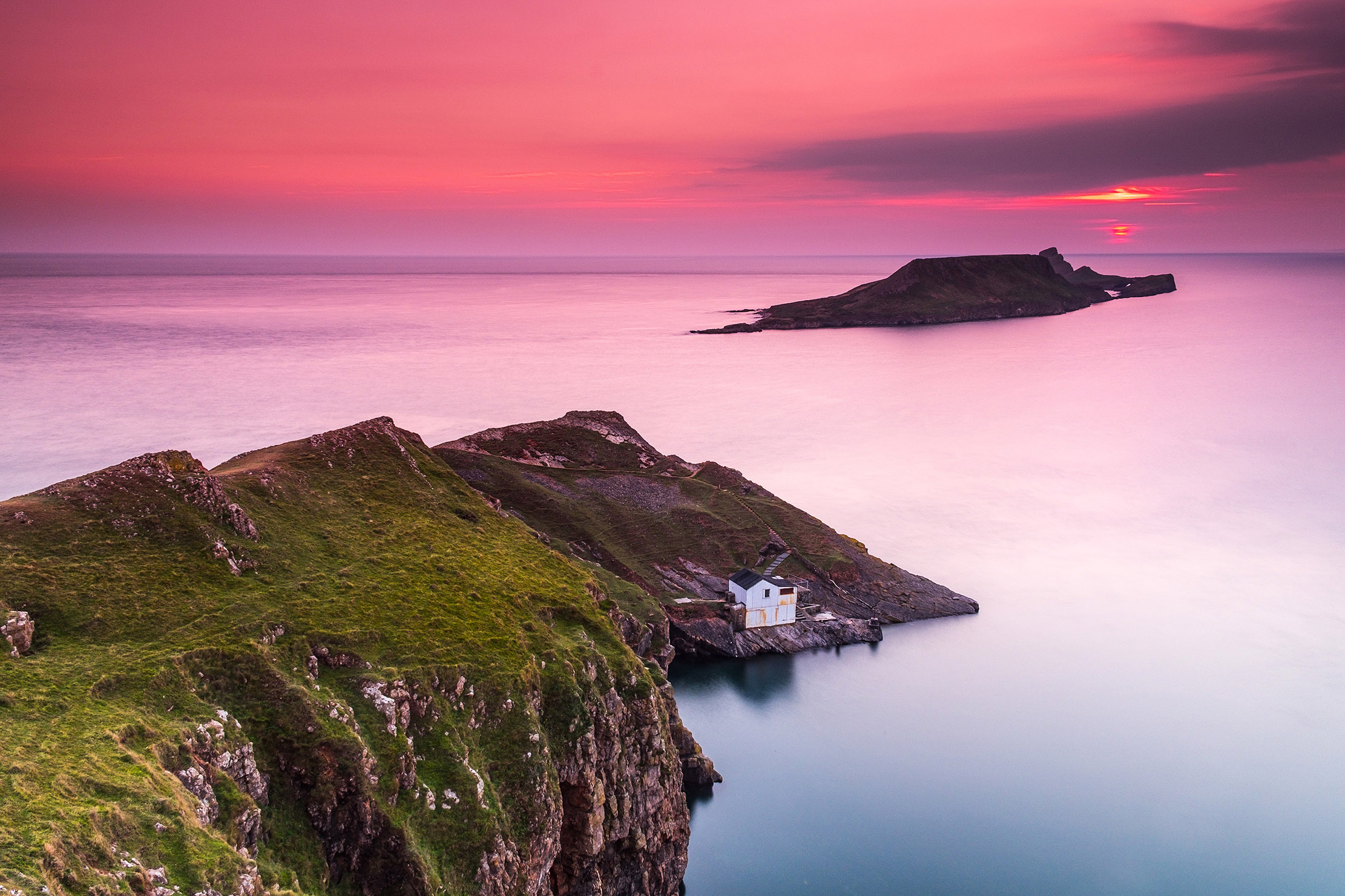
11 breathtaking images of The Gower, the spot so magnificent it inspired the creation of Britain's Areas of Outstanding Natural Beauty
Octavia Pollock takes a look at the magnificent Welsh coastal landscape of The Gower Peninsula, whose tales are as eye-opening

The High Weald AONB: Rolling hills, endless forest and steam railways puffing through a very English landscape
The High Weald AONB's rolling landscape is the archetypal image many of us have of rural England. Octavia Pollock takes
Octavia, Country Life's Chief Sub Editor, began her career aged six when she corrected the grammar on a fish-and-chip sign at a country fair. With a degree in History of Art and English from St Andrews University, she ventured to London with trepidation, but swiftly found her spiritual home at Country Life. She ran away to San Francisco in California in 2013, but returned in 2018 and has settled in West Sussex with her miniature poodle Tiffin. Octavia also writes for The Field and Horse & Hound and is never happier than on a horse behind hounds.
